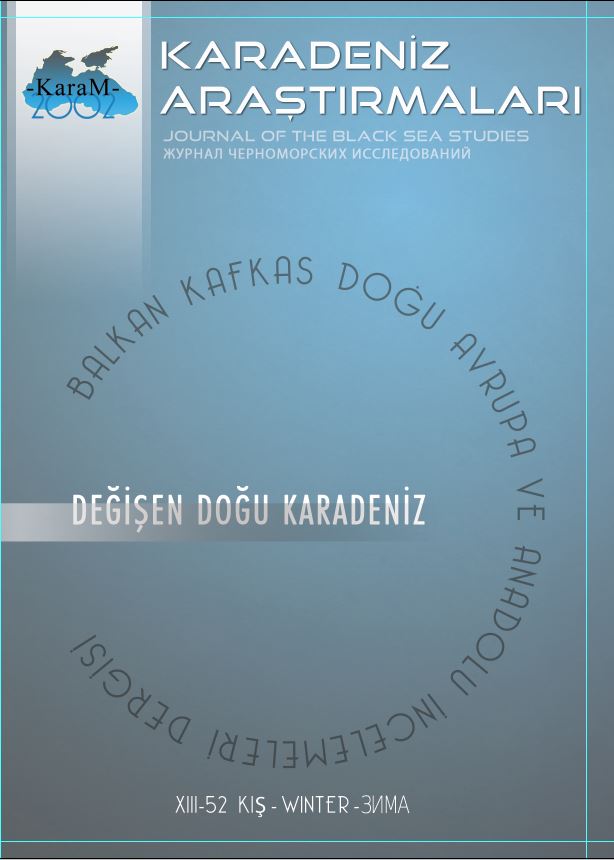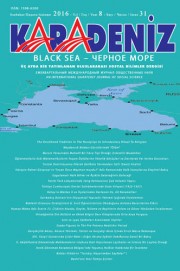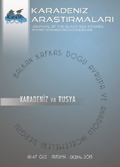Author(s): Tomasz Gąsowski / Language(s): Polish
Issue: 2/2017
The main cause for identity transformations among Galician Jews were the 19th-century modernization processes. They represented a particular challenge to the previous formulas of collective as well as individual life. As they worked in three ways, they produced different effects. In some cases, the challenges of modernity were met not only with a voluntary and positive response, but also with enthusiasm and fascination with the long-awaited “new.” In other cases, they were accepted passively, under external and sometimes also internal pressure. The result of such acceptance was a forced adjustment of one’s actions, behavior and forms of existence to the new ways. Finally, the third attitude consisted of a tough and effective resistance, a rejection of the change which could, however, have left certain traces in the mentality of those “relentless.” Such position was consistently adopted by the orthodox and the Galician Hasidim. Collective identity, as a sum (not a sequence) of individual identities, is never one-dimensional. Thus, its new elements were an addition to the already existing ones or brought about their further modification. Still, in both cases the effect was a certain new quality. Nevertheless, despite the ongoing transformations, there remained within it a constant component of a cultural character. It determined the overall shape of the identity of Galician Jews, who were different from their fellow believers from Russia, Prussia or even other provinces of the Habsburg Monarchy. Strengthened for almost 150 years, this constant proved more lasting than the country in which it came into being and developed. Galician Jews outlived the Habsburg Monarchy and Galicia itself, cultivating the memory of the old world and their life in it. Both those who stayed in place and those who settled in Palestine or found their new fatherland in the United States, retained, for another generation at least, the elements of Galician identity in various forms.
More...



















